Are you seeking to cultivate some nutritious foods yourself? You shouldn’t be constrained by a little garden! All you have to do is manage your area effectively. Few people can cultivate successful food gardening in the ideal location. Effective layout and plant selection are therefore essential for sustainability.
I help individuals develop as many vegetables as possible, regardless if their vegetable patch is small, limited, shaded, on a gradient, has inadequate soil, has excessive or insufficient water, and so on! To assist you accomplish the identical thing, here are some suggestions.
How To Increase Food Production In a Compact Garden Area:
1. Set Priorities And Only Cultivate The Necessities:
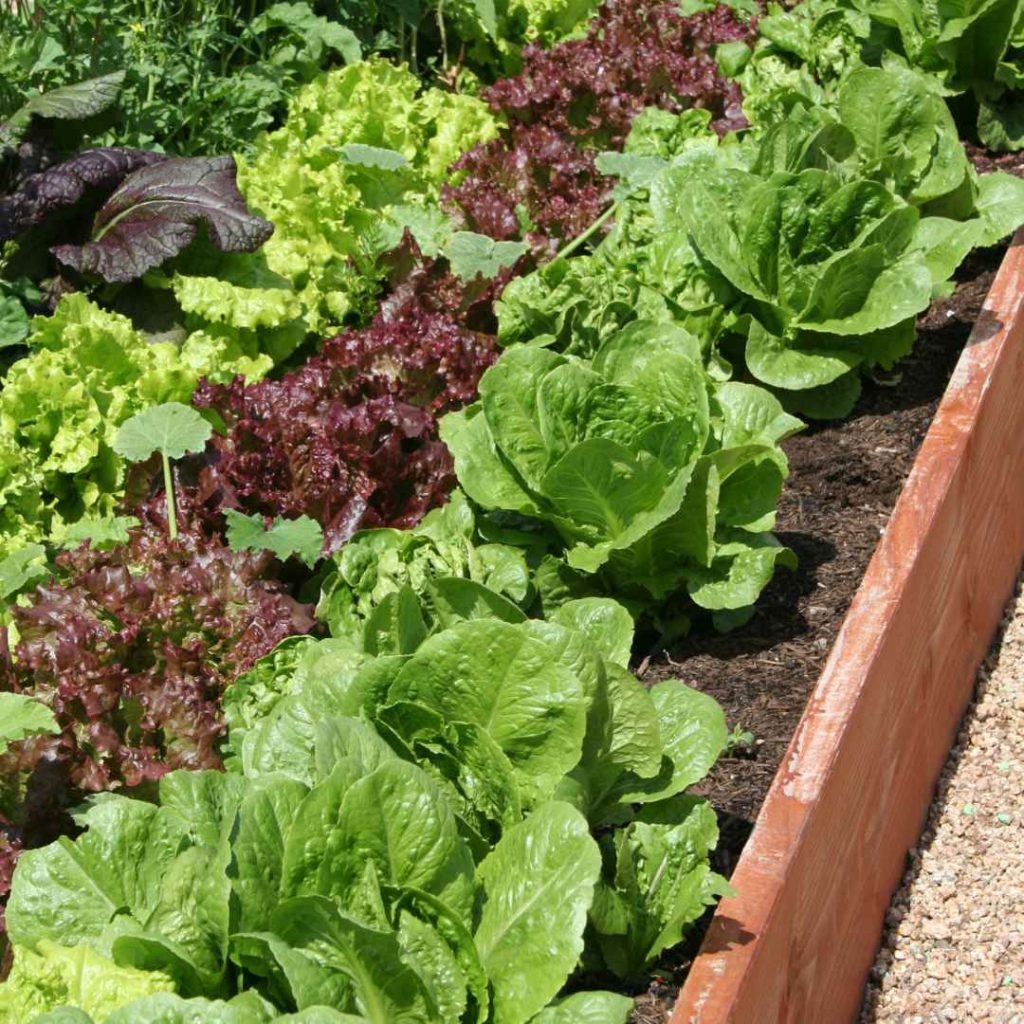
Cultivate the foods you enjoy and frequently purchase: You ought to save cash on your groceries payments and get supplies you are going to employ if you invest the time in cultivating food from scratch.
You might be squandering precious areas for gardening if you’re maintaining your grass or cultivating plants that don’t benefit you! Make challenging decisions. Letting some loose! Digging up your grass and rescuing cash on mower gasoline! Get extra room (and funds) to produce food by selling your decorative ones.
If you purchase a periodical nutritious food container, for instance, try to reduce your expenses by an additional third or halfway by using a portion of the components that you grow in your own veggie patch. If you enjoy vegetables, it makes reason to cultivate leafy greens and other salad items instead of artificially cultivated vegetables.
2. Make The Most Of Your Space:
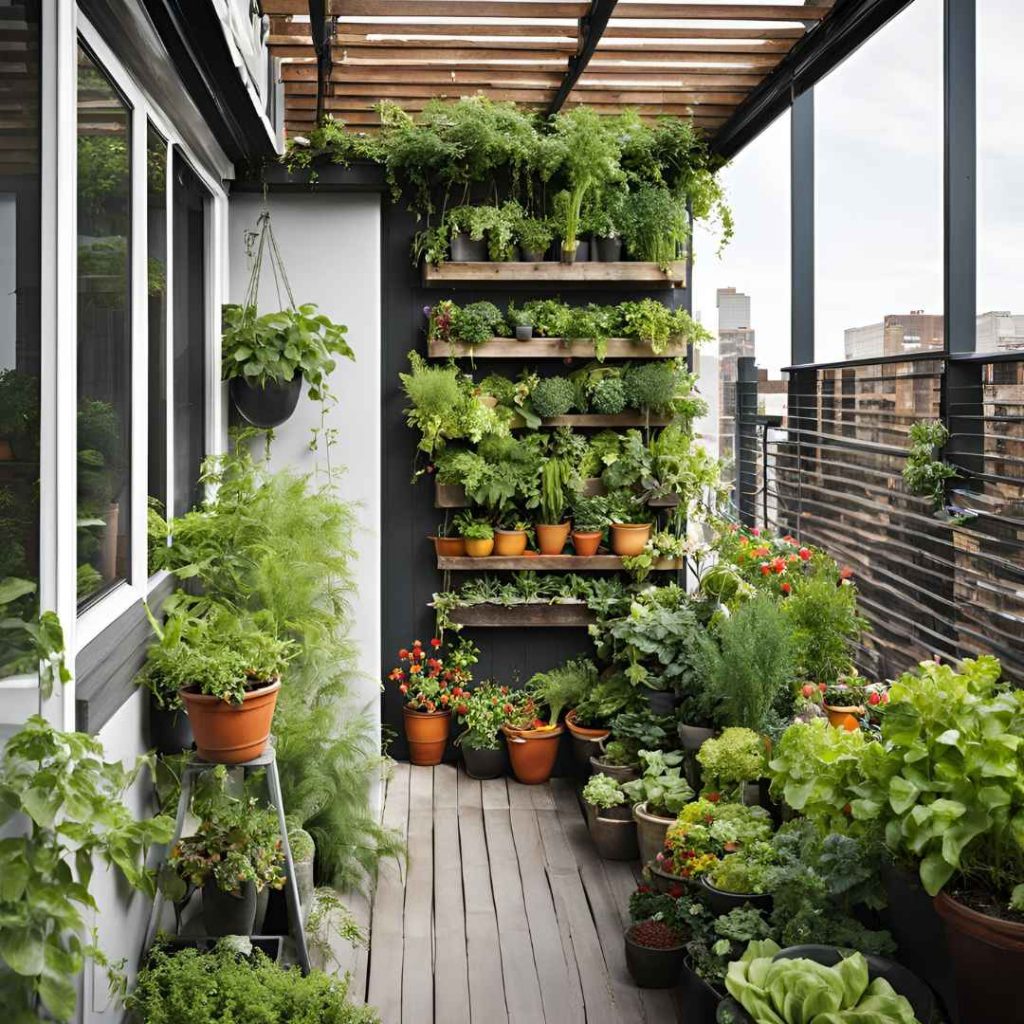
If you have a rooftop, dangle plants from guardrails. Set aside a minimum of a single barrier or a towering structure for upward expansion. Does your outdoor space have too much shade? Use the entrance or side gardening to produce vegetables.
Make use of your individual environmental conditions and choose plants appropriately. Does the earth’s surface receive little ultraviolet rays? Establish an embankment or fencing. To maximize wasted aviation, utilize a vertical landscaping framework such as a pergola, scaffold, or dangling containers.
3. Additional Nutrition Is Produced By Thriving Plants:
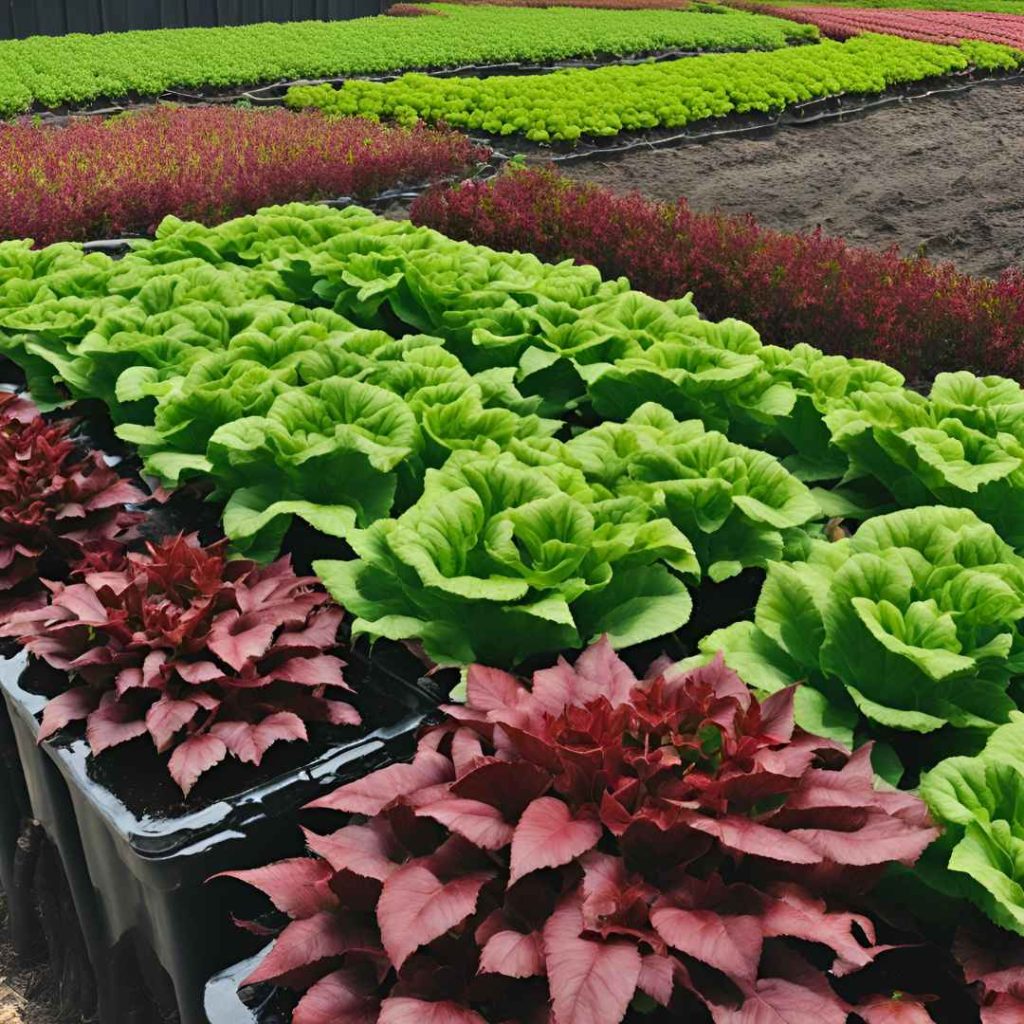
Do you have plenty of crops developing but only a portion of it is productive? Take it back and reevaluate if you’re cultivating excessive plants in a bad way! Growing a small number of vegetation well is preferable. Decide on your ideal spot and concentrate there initially. Your supplies could possibly be limited if there are numerous agricultural crops vying for nourishment and daylight.
If the crops are thriving and producing instead of battling, there will often be additional nourishment in an area with fewer plants. For instance, When given enough room, nutrition, and fluid, a robust tomato cultivation can produce greater yields than multiple leggy tomatoes in tiny containers or bad land.
One cherished plant yields me kilograms of berries. Choose the crops or medicinal plants that are very precious to you. Learn how to properly cultivate them. After that, you may develop. Smaller objectives are simpler to accomplish. You’ll experience less disarray along with greater happiness.
4. Produce Food In Containers & Jars:
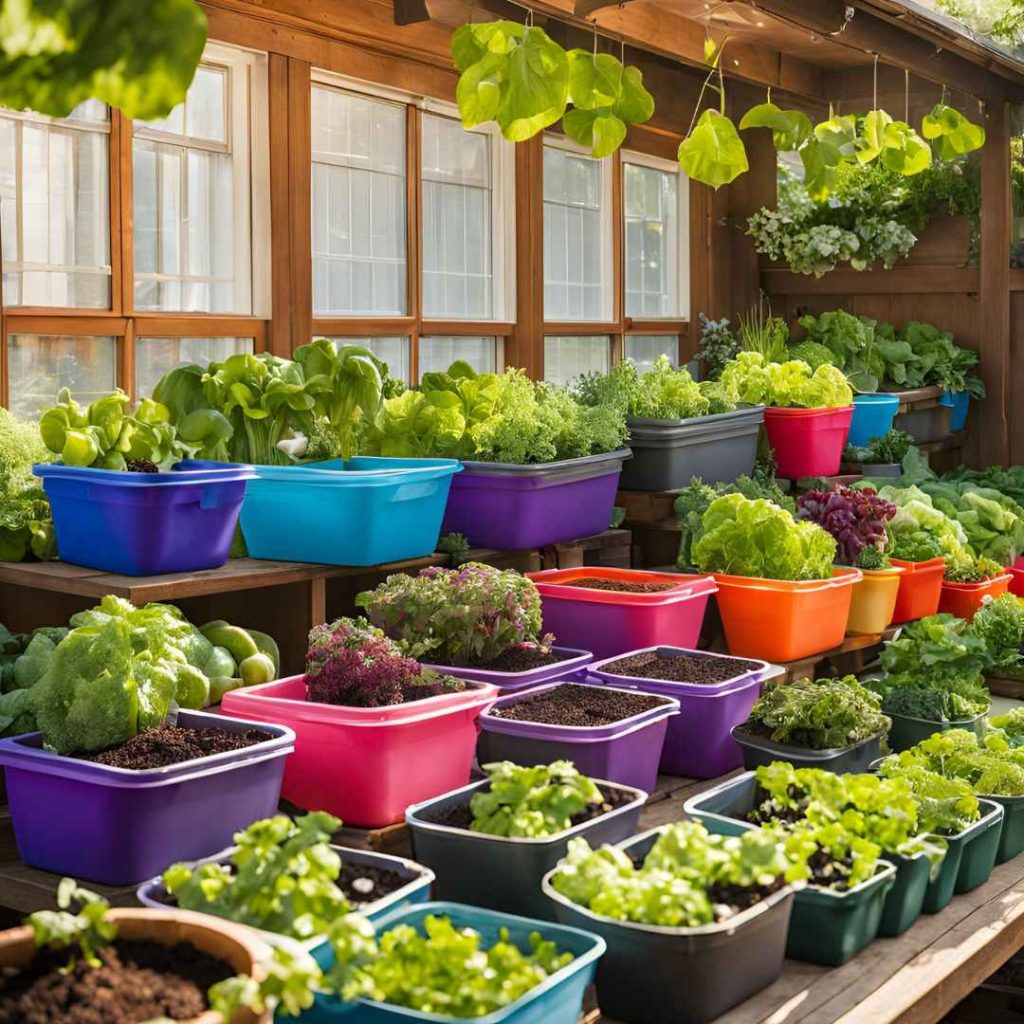
The majority of veggies and medicinal plants just require a height of between twenty and thirty cent (8–12 inches) to develop. If you do not need elevation accessibility, do not invest in deeper elevated beds for gardening.
Typically, the additional complexity is squandered. Cultivate a lot. To maximize substrate acreage in your potted landscape, blend deeper-rooted veggies (root vegetables) with shallow-rooted ones (lush spinach).
Put several large containers in a single section. Compared to numerous tiny ones, it is more effective, uses less water, and takes up less room. Unlike spherical containers, rectangular and rectilinear ones conserve area. Additionally, you may accommodate additional vegetation. No unused space is squandered.
To ensure that the nourishment you cultivate flourishes, utilize high-quality planting mixture that retains humidity and vitamins.
5. Select Plant Breeds That Save Space:
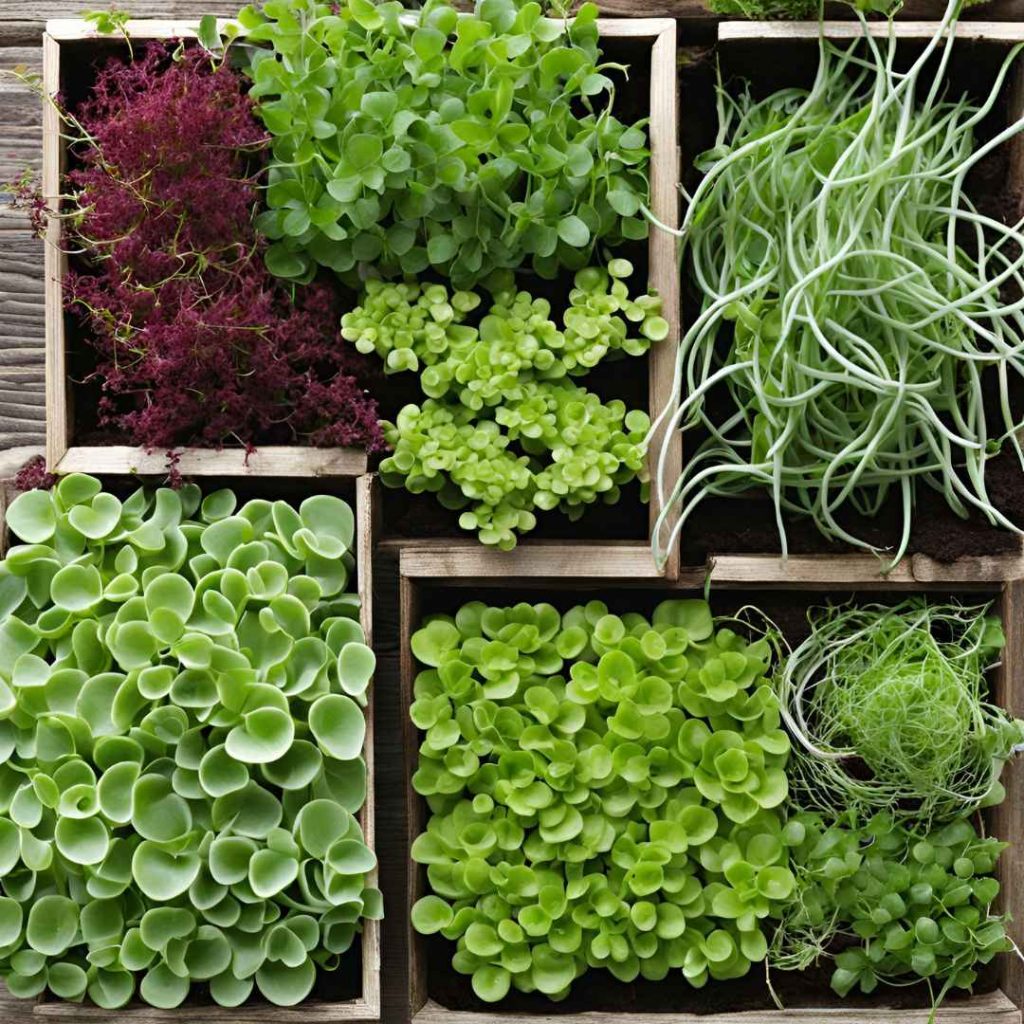
Micro-greens, petite veggies, and miniature vines for fruit are the best options. To make the most of available land, you may under-plant culinary plants or medicinal plants from shallow-rooted artificial fruitful trees. There are a ton of possibilities, but sometimes it’s necessary to make compromises on harvests or the dimensions of the crop.
Try several veggies, such as chameleons, squash, and tiny fruits. You additionally conserve funds because they require fewer resources than more extensive varieties.
Quickly expanding Micro-greens and sprouting are examples of microscopic vacuum plants. If there is enough exposure inside, every single one may be cultivated. Door ledges in daylight are ideal. To make the most of the available area, arrange miniature greens in tiers on racks or platters.
Frequently arrange the plants to provide constant nourishment. Allium s (onion species) that are thin and occupy limited territory include bulbous onions, chives, garlic cloves, rosemary, and everyday ginger.
6. Cultivate Herbal Plants And Vegetables That Love The Shelter:
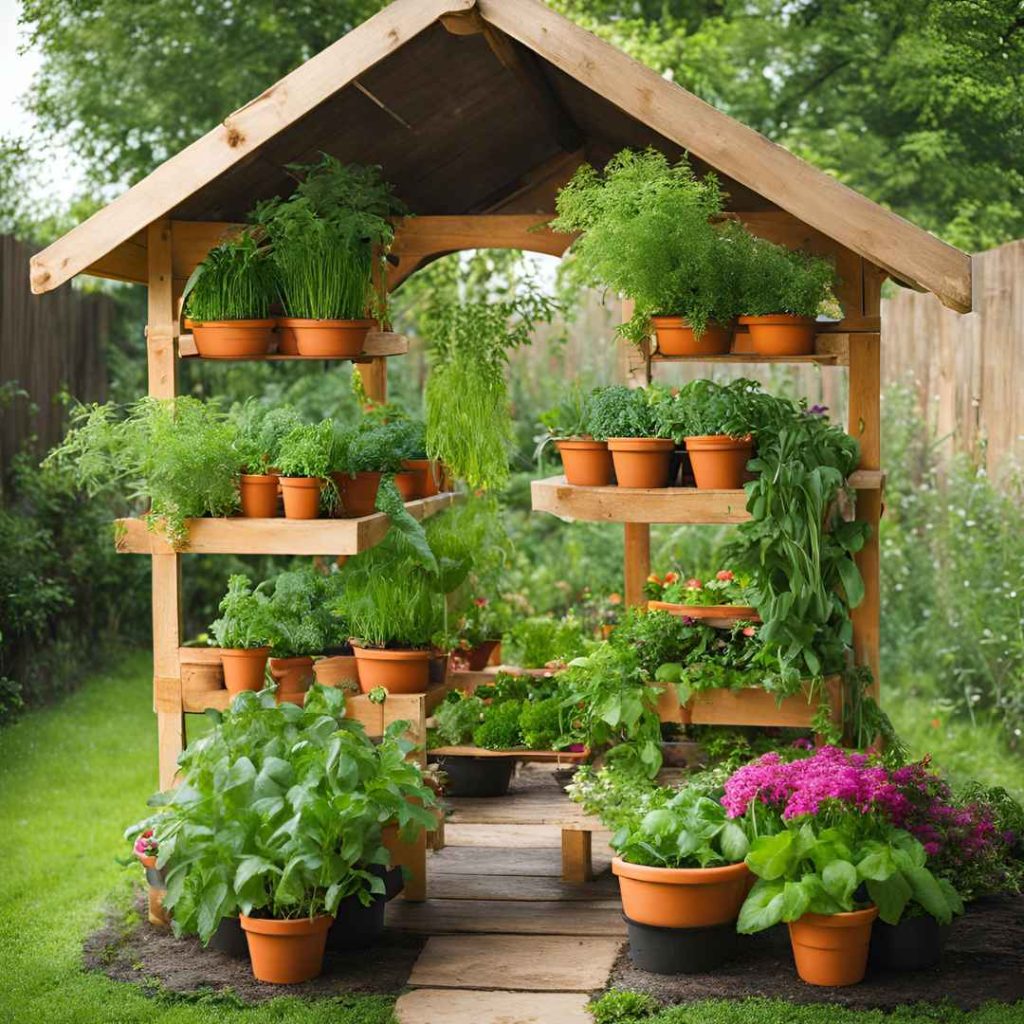
Fruits, vegetables, and plants that can withstand mild to moderate shadow are numerous. Therefore, don’t give up if you possess a shaded area that you’re not utilizing! Try nasturtiums, springtime green onions, ginger, turmeric, coriander leaves, cilantro, leafy lettuce, and bananas.
I successfully cultivate a wide range of vegetation underneath two giant trees underneath controlled lighting. With fewer rays they develop progressively, but you will be watering them less frequently. That is an added benefit.
7. Plant Adjacent To Companions:
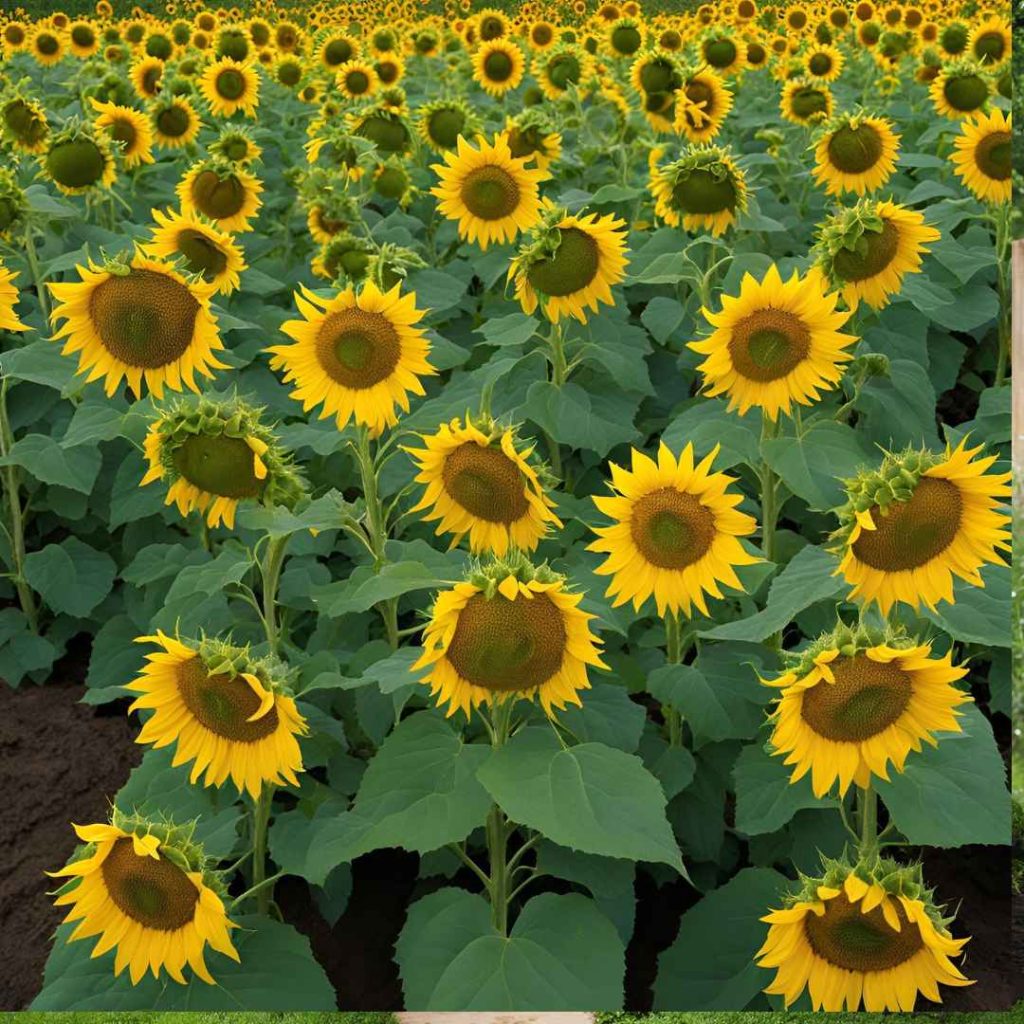
Plants that work jointly to maximize area should be planted. For instance, towering sunflowers offer branches that are appropriate for ascending legumes to develop. Plant the bean seedling once the sunflower has taken root. In addition to providing free beans for consumption, these blossoms draw insects for a greater bean production.
Cultivating collectively will yield a greater product than doing it alone. Even decorative plants that aren’t edible can be beneficial integrating partners. Low-growing food products may be shaded or protected by blooming shrubbery. such as medicinal plants or lettuce leaves, while drawing advantageous bugs. Fill up the voids with your tiny agricultural products.
8. Use Containers On Guardrails:
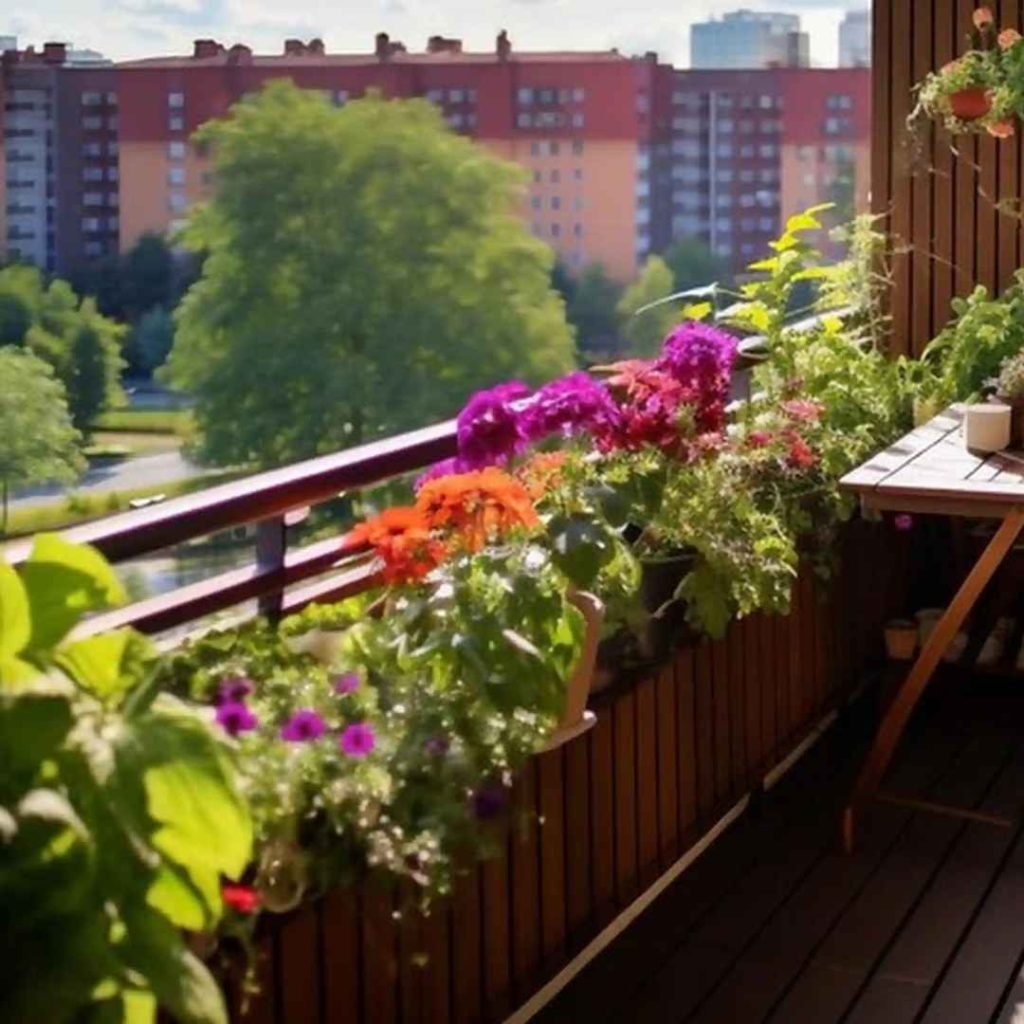
Naturally, the most neglected regions for food production include porches, patios, and terraces. While collaborating with other people, I frequently mark these as possibilities. Utilize this precious area for fitting vessels or fairly beneficial containers on hooks. Stuff with stir-fried veggies, lettuces, carrots, culinary plants, spices, and berries.
Fences offer for aesthetically pleasing, easily accessible vegetable patches instead of consuming up precious surface area.
9. Make The Most Of The Borders Using Spellers:
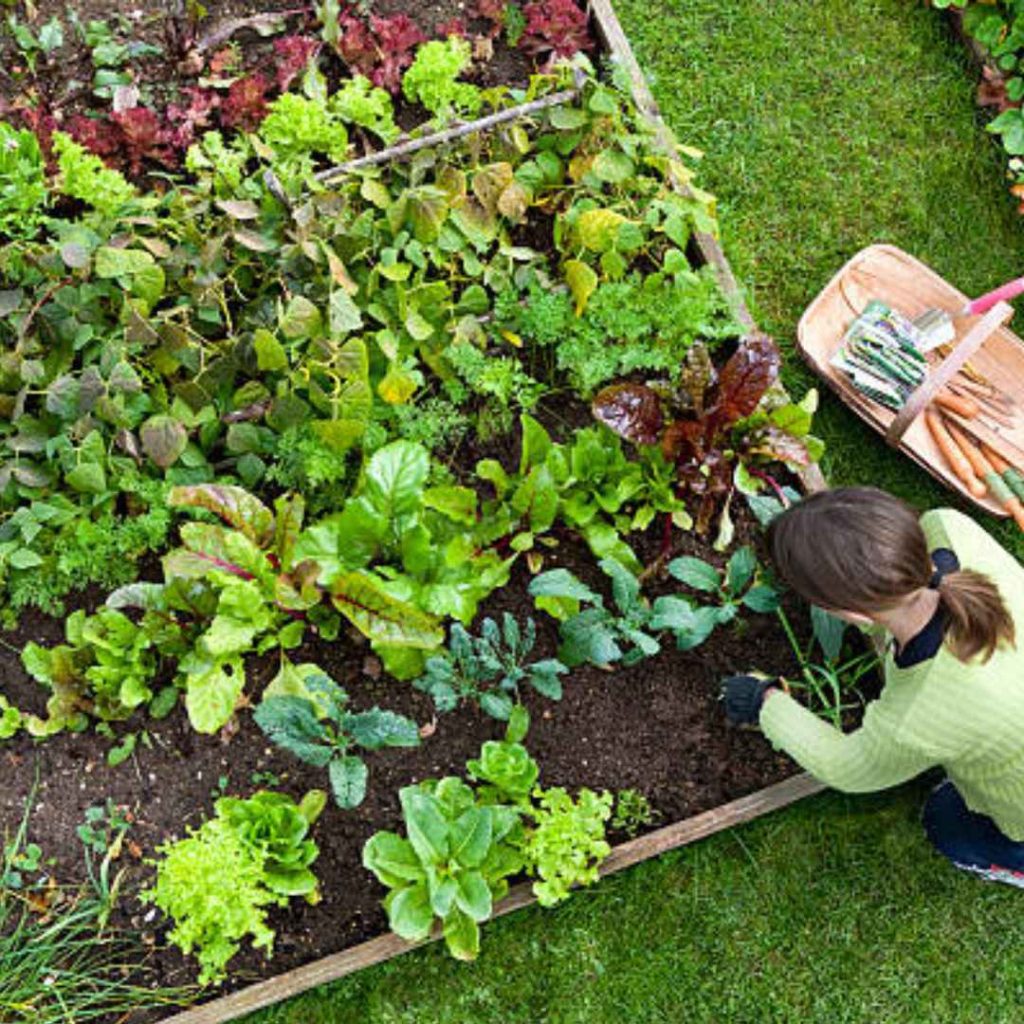
Certain fruits, veggies, and plants are “wanderers” by nature. Their development behavior is expanding or flowing. Take advantage of this in pots or small-scale area gardening.
Using the Thriller, Padding, and Speller sequence is one method. a tall, eye-catching, or “thriller” vegetation in the middle. As “fillers,” encompass this with minimal-growing blossoms or foods, and plant “spellers” along the perimeter. People who occupy more “private zone”
10. Reduce Accessibility To The Barest Minimum:
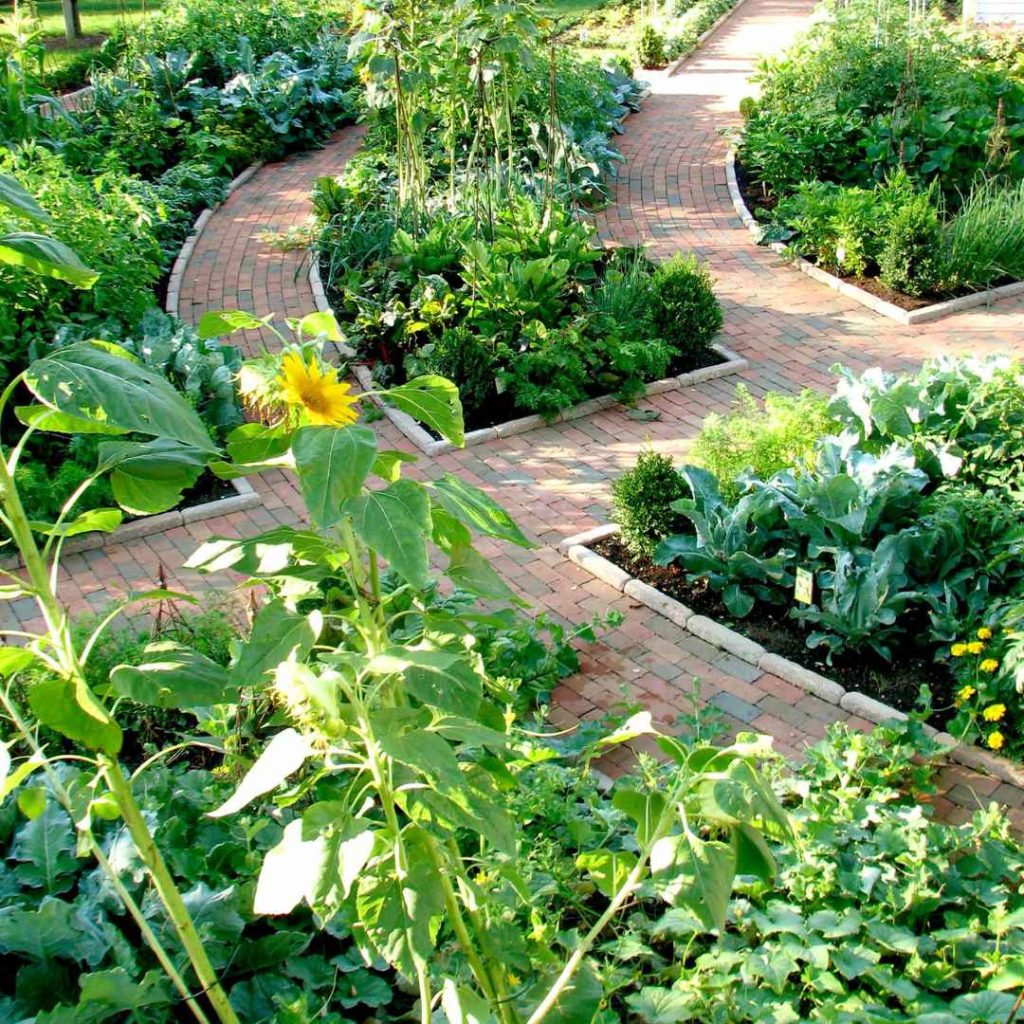
Broad walkways are a waste of resources. All you require is a limited entrance that lets you cultivate and maintain. Plant vegetable gardens with sidewalk stones so you may crouch or walk on them if needed. With these ten suggestions, I anticipate that you can increase the amount of nutritious produce you can plant in a tiny backyard.
